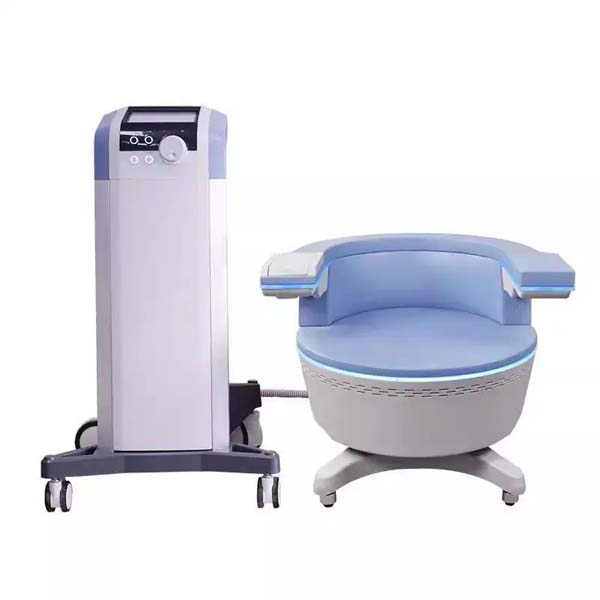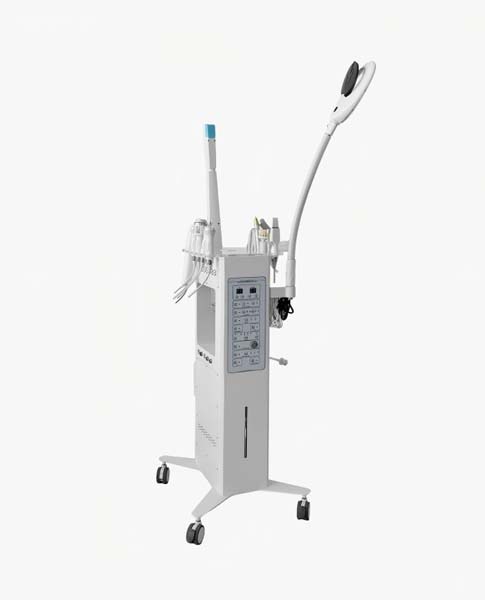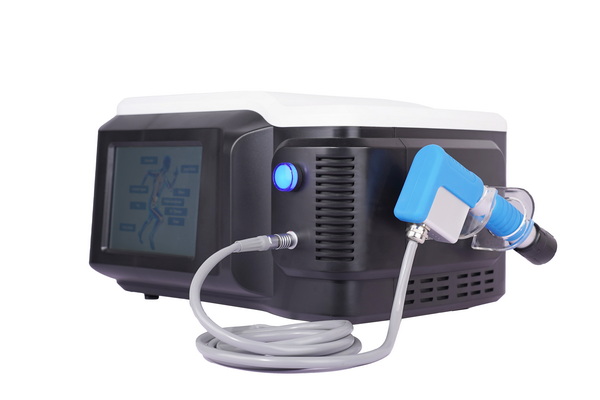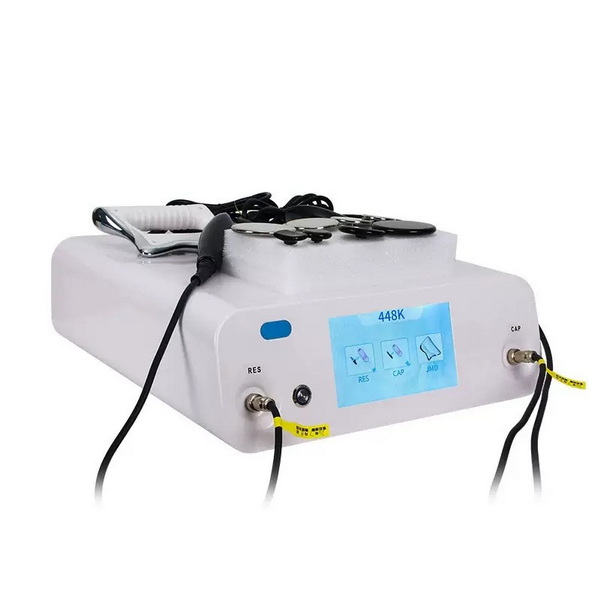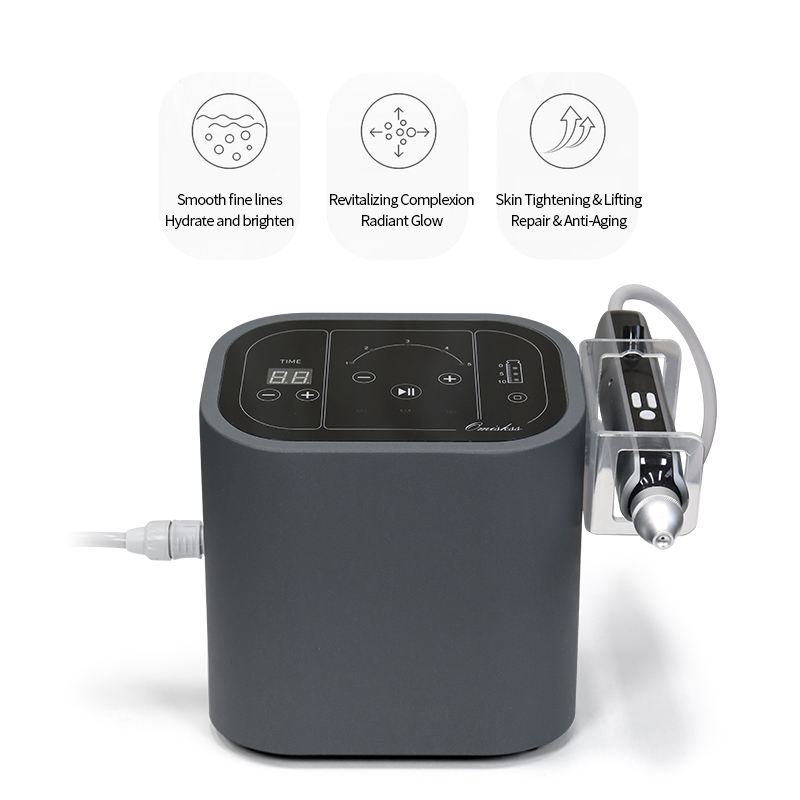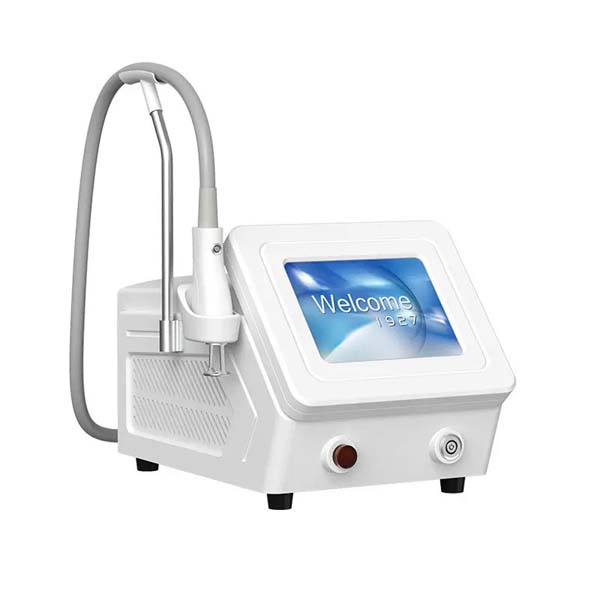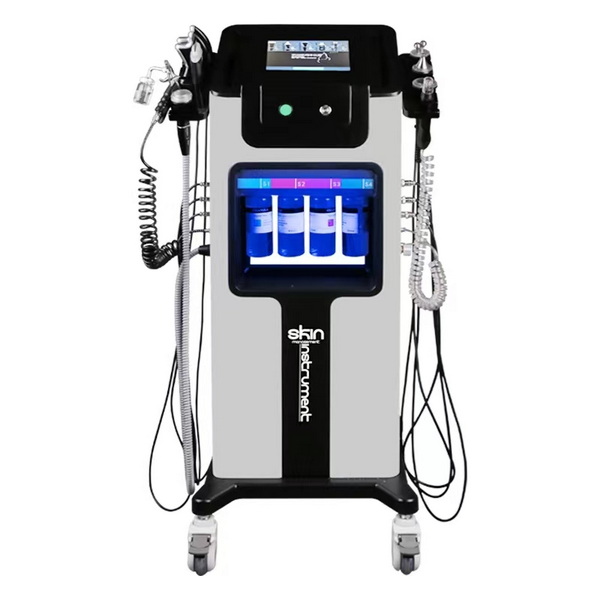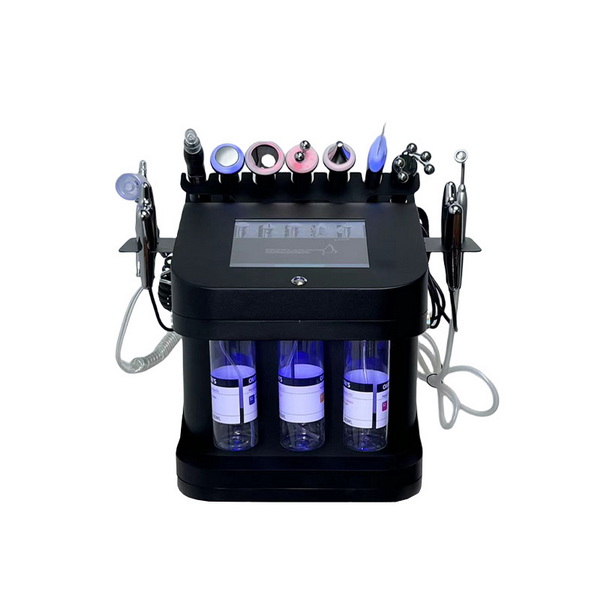The human body is an intricate machine, and at the heart of its control system lies the endocrine system. Often referred to as the body’s second great controlling system, after the nervous system, the endocrine system acts as the chief orchestrator of virtually every physiological process. It achieves this remarkable feat through the secretion of hormones—chemical messengers that travel through the bloodstream to target organs, tissues, and cells, regulating everything from metabolism and mood to growth and reproduction. For women, the concept of endocrine regulation is not merely a biological fact but a fundamental pillar of health, vitality, and longevity. When the delicate balance of hormones is disrupted, a condition known as endocrine imbalance or endocrine disruption, the consequences can manifest as a cascade of physical discomforts and potential diseases, ranging from menstrual irregularities and mood swings to more serious conditions like polycystic ovary syndrome (PCOS), thyroid disorders, and even certain cancers. Understanding and actively engaging in proactive strategies for optimal endocrine regulation is thus paramount for a woman’s overall well-being.

Understanding the Pillars of Endocrine Regulation
The provided text outlines several practical and holistic strategies that women can adopt to support natural endocrine regulation. These strategies can be broadly categorized into three core pillars: Nutritional Support, Lifestyle Management, and Physical Activity. Each pillar plays a crucial and interconnected role in maintaining hormonal harmony.
Nutritional Support for Endocrine Regulation
Proper nutrition is the bedrock of hormonal health. Hormones themselves are often synthesized from components derived from the diet, such as amino acids, cholesterol, and various micronutrients. Therefore, what a woman consumes directly impacts her body’s ability to produce, transport, and metabolize hormones effectively.
The Power of Phytoestrogens in Endocrine Regulation
One of the most highlighted nutritional aids in the text is the soybean and its derived products. The text rightly calls soy “a woman’s good friend” due to its rich content of phytoestrogens, specifically isoflavones.
-
Mechanism of Action: Phytoestrogens are plant-derived compounds that are structurally and functionally similar to the endogenous estrogen produced by the body. They possess a remarkable ability to act as selective estrogen receptor modulators (SERMs).
-
Balancing Effect: Clinical research demonstrates that soy’s consumption aids in endocrine regulation by exerting a balancing effect on estrogen levels. If a woman’s estrogen levels are too low (e.g., during menopause), phytoestrogens can bind to estrogen receptors, providing a mild estrogenic effect and increasing the overall effective estrogenic activity. Conversely, if estrogen levels are too high (a risk factor for conditions like breast cancer), phytoestrogens can occupy the estrogen receptors, thereby blocking the binding of stronger, endogenous estrogen and leading to a net reduction in estrogenic stimulation. This dual-action regulation is a powerful tool for maintaining a healthy hormonal environment and is particularly relevant in the prevention of hormone-sensitive cancers, such as breast cancer.

Avoiding Endocrine Disruptors through Diet
Another critical aspect of nutritional endocrine regulation is the avoidance of substances that can disrupt the system. The text specifically warns against the dangers associated with fast food consumption and exposure to toxins.
-
Saturated Fats and Estrogen: Fast food is often laden with saturated fats. The text explains that excessive saturated fat intake can stimulate the over-secretion of estrogen. Furthermore, the body can convert steroids found in fats into estrogen, promoting the formation of cancer cells (like those in breast cancer). This illustrates a direct link between dietary choices and the risk of endocrine imbalance.
-
Artificial Hormones and Toxins: The consumption of artificial hormones and an overload of toxins can also severely impair endocrine regulation. These endocrine-disrupting chemicals (EDCs) can mimic, block, or interfere with natural hormones, leading to a host of disorders.
-
Plastic Products: The advice to avoid using plastic products (including cling film/Saran wrap) to store microwaveable food is a vital point in reducing exposure to EDCs like phthalates and Bisphenol A (BPA), which leach into food and interfere with the body’s natural hormonal pathways, posing a threat to reproductive and cardiovascular health.
Lifestyle Management and Endocrine Regulation
Beyond diet, daily habits—particularly those related to rest, relaxation, and self-care—have a profound impact on the complex network of hormone production and release.
The Indispensable Role of Sleep in Endocrine Regulation
The advice “Don’t stay up late if you can help it” highlights the crucial connection between sleep and endocrine regulation.
-
Metabolic Disruption: Lack of adequate sleep leads to metabolic dysregulation. Specifically, the text notes that individuals who sleep four hours or less may experience problems with carbohydrate processing. This is directly related to the endocrine control of glucose metabolism, involving hormones like insulin and cortisol. Chronic sleep deprivation elevates cortisol (the stress hormone), which can lead to insulin resistance, weight gain, and systemic inflammation—all major factors in endocrine imbalance.
-
Quality Sleep Strategies: To improve sleep quality and thus support endocrine regulation, the text recommends:
-
Exercise (2-3 hours before bed): Moderate exercise earlier in the evening helps to regulate the body’s temperature and promote deeper, more restful sleep.
-
Relaxation Techniques: A hot bath or a glass of hot milk before bedtime promotes relaxation and signals to the body that it is time to wind down, aiding the release of sleep-inducing hormones like melatonin.
-
The Therapeutic Benefits of Hydrotherapy and Massage
The practices of bathing and massage are presented as simple yet effective methods for maintaining mind-body equilibrium and supporting circulatory efficiency—both critical for endocrine regulation.
-
“I Love Bathing” (Hydrotherapy): The high-temperature, repeated immersion technique (3 minutes in, 5 minutes out, repeated three times) is noted for its ability to promote vasoconstriction and vasodilation. This “vascular exercise” is a powerful way to boost blood circulation and metabolism. Efficient circulation is essential because it ensures that hormones are delivered promptly to their target cells and that metabolic waste products and deactivated hormones are efficiently cleared from the system. For those with heart conditions, the traditional practice of hot foot-soaking provides similar benefits by expanding micro-vessels in the feet, promoting overall blood circulation and fitness.
-
“Massage Anytime, Anywhere”: Massage supports endocrine regulation by enhancing the circulation of both lymphatic fluid and blood. The lymphatic system is responsible for removing waste products and toxins.
-
Metabolic Acceleration: By massaging from the extremities towards the heart, the flow of lymph and blood is propelled, leading to an accelerated metabolism in muscle tissue. This supplies cells with more essential nutrients and oxygen (necessary for fat burning), while simultaneously speeding up the removal of waste. A healthy circulatory and waste-management system is paramount for preventing the accumulation of toxins that could disrupt the endocrine system.
-
Physical Activity and Endocrine Regulation
Regular and targeted physical activity is a non-negotiable component of effective endocrine regulation, acting as a direct modulator of stress hormones, insulin sensitivity, and sex hormone balance.
The 333 Aerobic Rule: A Prescription for Endocrine Health
The “333 Rule” provides a clear, actionable guideline for beneficial aerobic exercise.
-
Definition: The rule dictates that effective aerobic exercise should be performed:
-
3 times a week (minimum)
-
30 minutes per session (minimum)
-
Heart rate reaching 130 beats per minute (BPM) (minimum)
-
-
Metabolic and Endocrine Impact: This level of exercise is sufficient to significantly elevate the body’s energy expenditure and metabolism. By delivering oxygen to all parts of the body, it increases the metabolic rate and efficiently burns fat. The text notes this effect can last for several hours, contributing to sustained weight management and improved insulin sensitivity, a critical component of metabolic and endocrine regulation. Furthermore, physical activity helps in managing the stress response, lowering chronic high cortisol levels that are damaging to the hormonal system.
Yoga for Internal Endocrine Regulation
The inclusion of specific yoga poses highlights the utility of gentle, restorative movement in promoting endocrine regulation through internal organ massage, stretching, and mindful breathing.
-
Knees-to-Chest Squat: This pose involves a deep squat that provides an excellent internal massage to the abdominal organs. This gentle pressure can stimulate digestion and support the function of organs like the liver, which is essential for detoxifying and metabolizing excess hormones and toxins, thereby aiding endocrine regulation.
-
Tiger Pose: This pose involves spinal movement (arching and sinking) synchronized with the breath. The deep, uniform breathing coupled with the movement helps to calm the nervous system and stimulates the adrenal glands and reproductive organs through gentle compression and stretching, facilitating optimal hormonal function.
-
Single-Leg Locust Pose & Bow Pose : These prone back-bending poses exert pressure on the abdominal area and the adrenal glands situated near the kidneys. This pressure can invigorate these glands, stimulating the production of hormones such as cortisol and adrenaline in a controlled manner, and more importantly, they help to stretch the organs, which can improve blood flow and overall function, contributing positively to endocrine regulation. The poses also build core strength, which is linked to better posture and reduced chronic back pain, factors that can indirectly reduce physical stress on the body.
Conclusion: Endocrine Regulation – A Lifelong Practice
The health of a woman’s endocrine system is a direct reflection of her dietary habits, lifestyle choices, and engagement with physical activity. The collective advice provided—from harnessing the balancing power of phytoestrogens in soy to the simple yet profound benefits of proper sleep and circulation-boosting practices like bathing and massage, all anchored by the consistency of the 333 aerobic rule and the internal balance of yoga—forms a comprehensive blueprint for optimal endocrine regulation.
A well-regulated endocrine system translates directly into better mood, healthier metabolism, improved fertility, stronger immunity, and a significantly lower risk of chronic diseases. For women, mastering endocrine regulation is not a periodic task but a continuous, mindful commitment to holistic self-care that pays dividends in sustained health and vitality throughout every stage of life.

